The Article
ZaZen Isolation Platform From IsoAcoustics
20th November 2020

Continuing its isolation platform releases, Paul Rigby looks at the comparatively svelte ZaZen
Back in what, February of this year was it? Around that time, I reviewed the Delos isolation platform from IsoAcoustics. Two actually because they arrived in different sizes to accommodate different hi-fi components of varying weight. I was sold on the samples I saw and heard. Both in terms of aesthetics but even more so, their sonic performance.
The Delos was created to handle relatively heavy pieces of kit and to lower the noise floor for anything sitting a-top.
Presented as solid wooden block, with noise-reducing isolation feet situated below, the products arrived as solid wooden blocks of Walnut or Maple spanning 455 x 380mm up to 560 x 405mm in size. Both sizes are available in 45mm and 76mm thickness. The smaller size has a maximum weight capacity of 29.5kg and 24.9kg for the 45mm and 75mm models respectively.
That also meant that prices started at £400 for the Maple design and £600 for the Walnut models.
For some pieces of hi-fi, all of this was too much and too far. That is, for some hi-fi items, the size and the subsequent prices were overkill, frankly.
This is why the zaZen has been created. zaZen means sitting meditation, apparently.
Actually, the moniker ‘Zen’ is becoming a popular ‘go to’ in branding terms of late. iFi is all over it, as is Innuos and then there’s the company, Audiozen, cables called the Zensati and more. I’m expecting celebrity children to be named similarly in the near future. Zen Beckham, anyone?
Slimmer in terms of size and also lighter, the zaZen can’t be really compared to the Delos because its aimed at different and much lighter audio components.
Available in two sizes, the zaZen I (38mm in height) has a weight capacity of just 11.3kg and the zaZen II (42mm in height) can handle up to 18.1kg. Still way down on the Delos’ lightest figure of 24.9kg. I’ll be reviewing the zaZen II for this review.
What the ZaZen is made from is a bit of a mystery. Enquires only returned, “dense fibre material” which might be MDF. Short of hacking the thing to death in a Hitchcockian frenzy and risking the ire of IsoAcoustics, I’m not wholly sure.
Underneath the block is a set of four IsoAcoustics patented isolation feet that are recessed into the body of the block. The combination aims to reduce vibration, lower the noise floor and increase available information floating towards your ears.
So how does this new platform sound?
SOUND QUALTY
I began by laying my two-box phono amplifier on top of the zaZen II. Alongside the turntable, I see the phono amplifier as the main priority in isolation terms. Testing various isolation products in the past, I’ve found the phono amplifier to be critical in terms of anti-vibrational attention. More so in my case because my phono amplifier is full of valves.
I compared the zaZen II with the two-box unit sitting on my hi-fi rack to see what difference could be heard, if any. Then looked at it when compared to my reference.
There was a change and it’s a bit like this. If you’ve ever been to a sports arena where the action has died down and nothing much is happening, either the action is to come or it’s happened and the crowd have relaxed into a low hum. That’s a bit like the ‘before’. Before the zaZen II was in action. Putting the zaZen II into the hi-fi chain was a bit like the same sports arena when everyone has gone. Suddenly, there seemed to be more air in and around the place. Any knock or movement or lone voice suddenly arrived with its own reverb. And those noises sounded cleaner with more clarity.
All of that could be applied to the zaZen II. The lead vocal here certainly offered a cleaner, crisper and clarity-sodden delivery. It seemed suddenly nimble. As if something was dragging it and now the vocal had struggled free of the same.
Vocals here moved easily and without any encumbrance.
Treble was infused with space. Cymbal hits were focused and concise with new-found reverb tails adding atmosphere to the strike.
Bass wasn’t heavier or more massy but its level of precision rose while bass offered a greater degree of impact and punch. The organic tone of the bass was also enhanced now. That is, the realism from bass frequencies was enhanced.
Because the noise floor had lowered, that meant that shy effects were now far more noticeable. Little shuffling notes around the Hammond organ solo, mid song, added to the rich flavour of this sequence while synth lines that were there but the ear struggled to focus upon where now clearer and easily latched upon. Again, this added a rich and layered aspect to the soundstage as a whole.
The same effects were heard when I tried the platform underneath my Audiolab 6000CDT CD transport and played a selection of Jean-Michel Jarre. Jarre’s music can sometimes be reduced to an amalgam, a sort of synth blob, if there is any lack of focus or precision. Synth lines can begin to slur and fade into one another.
Not here though. The lucid nature of the presentation produced air that infused and surrounded each note, giving it a sense of freedom. This enriched the focused nature of the music, enhancing transparency too while also widening the boundaries of the soundstage.
The lowering of the noise floor also added more information to the music which meant that the tracks sounded fuller, while offering a sonic complexity. That is, the reduction of noise was a bit like the sea’s tide moving out to reveal a host of new details lying on the newly revealed sand. A lot of this information was relatively minor but, if you added it all together, the result was a lush and ample soundstage.
CONCLUSION
What the zaZen II does is to allow you to hear information that’s always been there. You just haven’t been able to detect it because vibration has increased the noise floor, masking the stuff. Getting in the way.
The zaZen II helps to clear out the rubbish, effectively. It allows you full access to the midrange and opens up the bass to produce a layered, organic and detail-rich sonic presentation. The zaZen II is an effective accessory that should be part of your anti-noise toolkit.
ISOACOUSTICS ZAZEN ISOLATION PLATFORM
Prices:
zaZen I – £199
zaZen II – £219
Tel: 03301 222 500
Web: www.isoacoustics.com and www.scvdistribution.co.uk
GOOD: clarity, transparent mids, organic bass, low-vis design, low noise
BAD: nothing
RATING: 8
[Don’t forget to check out my new Patreon Page at www.patreon.com/audiophileman, for exclusive postings, giveaways and more!]
REFERENCE
Origin Live Sovereign turntable
Origin Live Enterprise 12″ arm
Van Den Hul Crimson XGW Stradivarius Cartridge
Icon PS3 phono amplifier
Aesthetix Calypso pre-amp
Icon Audio MB845 Mk.II monoblock amplifiers
Quad ESL-57 speakers with One Thing upgrade
Blue Horizon Professional Rack System
Harmonic Resolution Systems Noise Reduction Components
All vinyl was cleaned using an Audio Desk’s Ultrasonic Pro Vinyl Cleaner

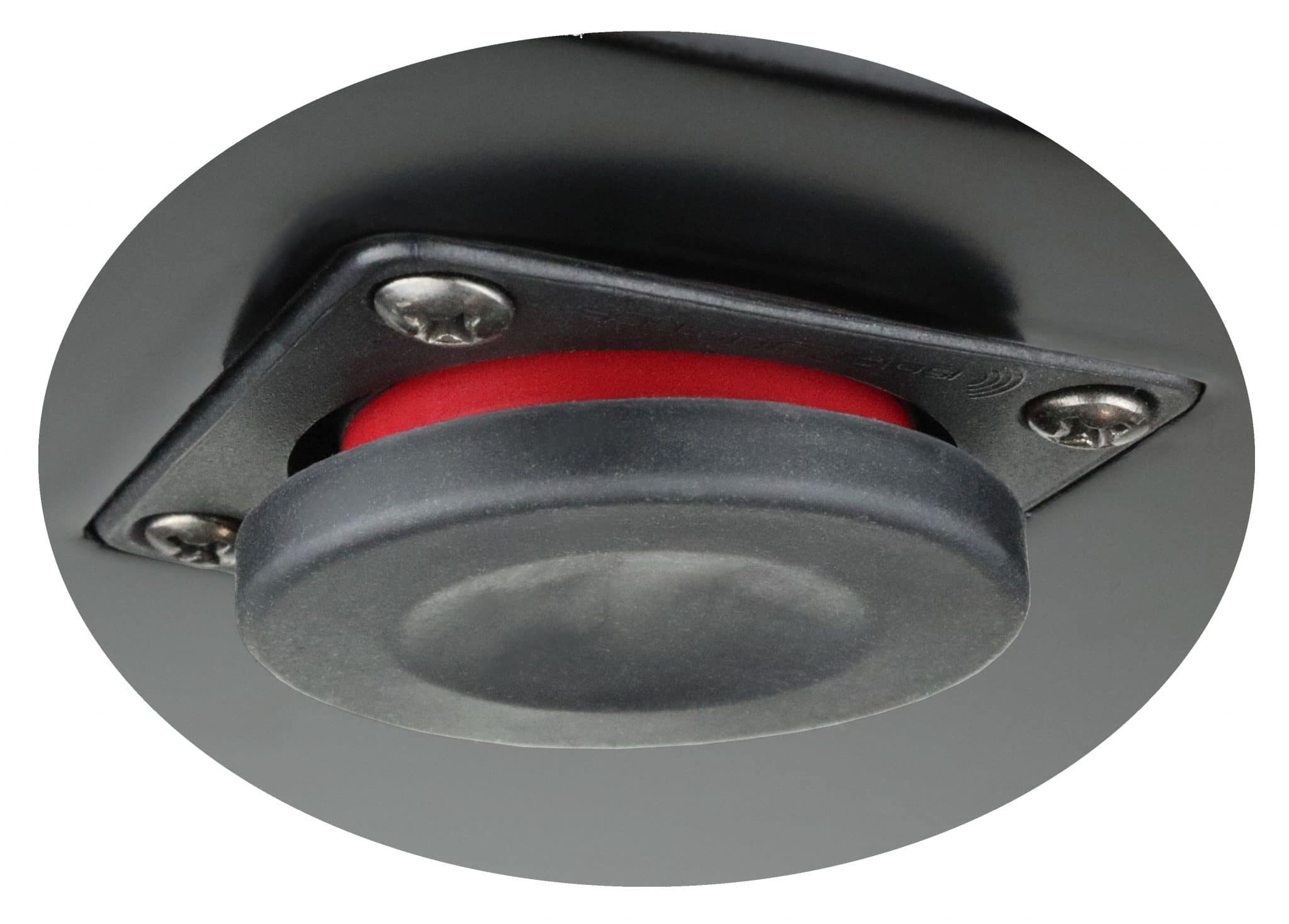

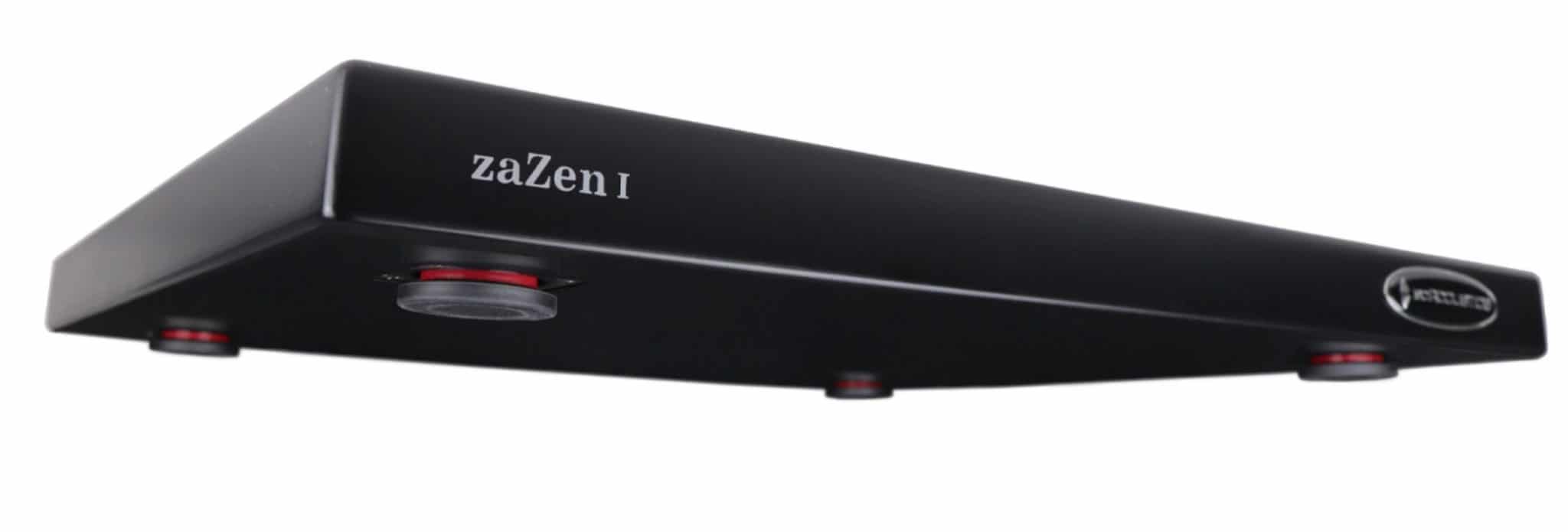

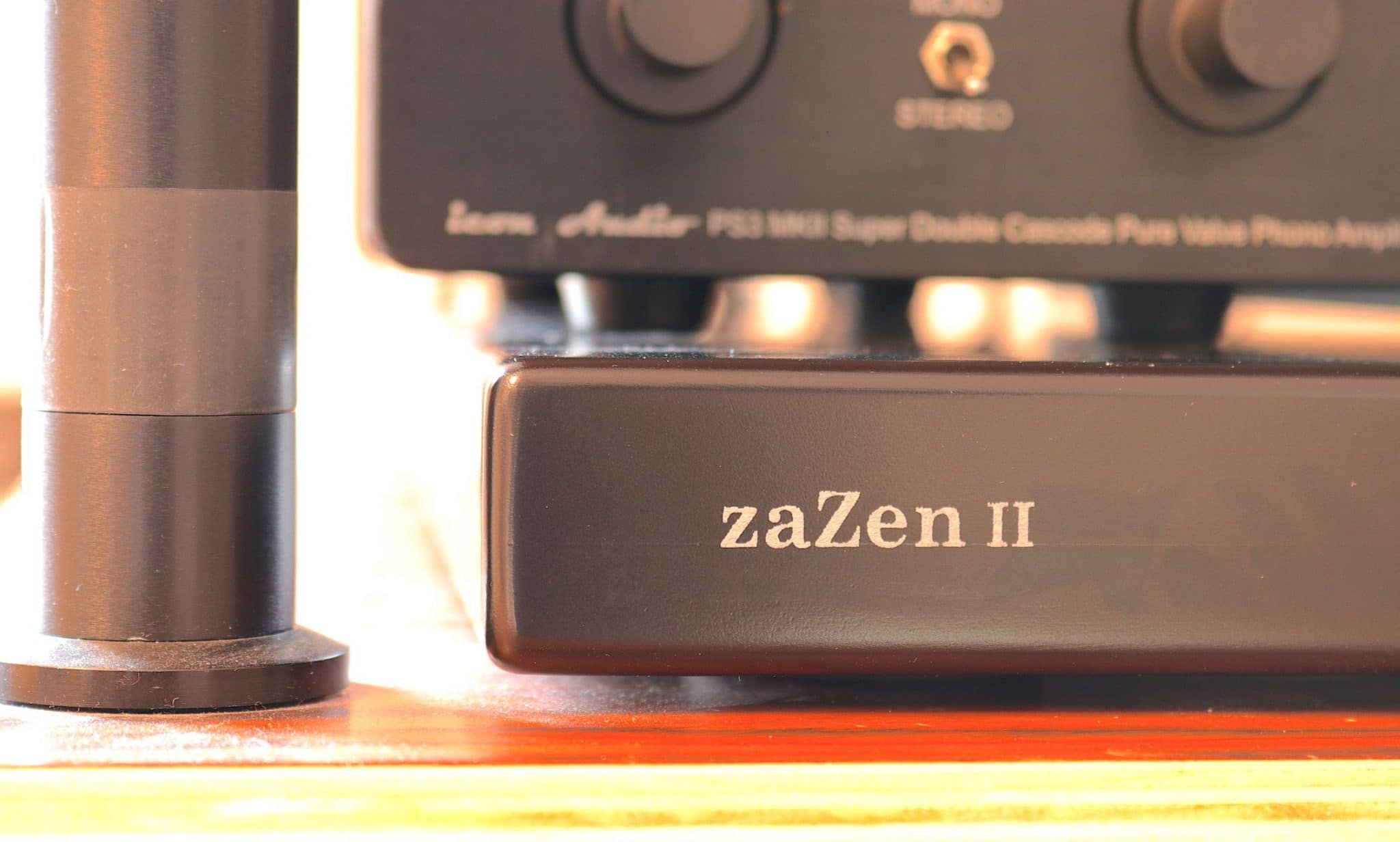
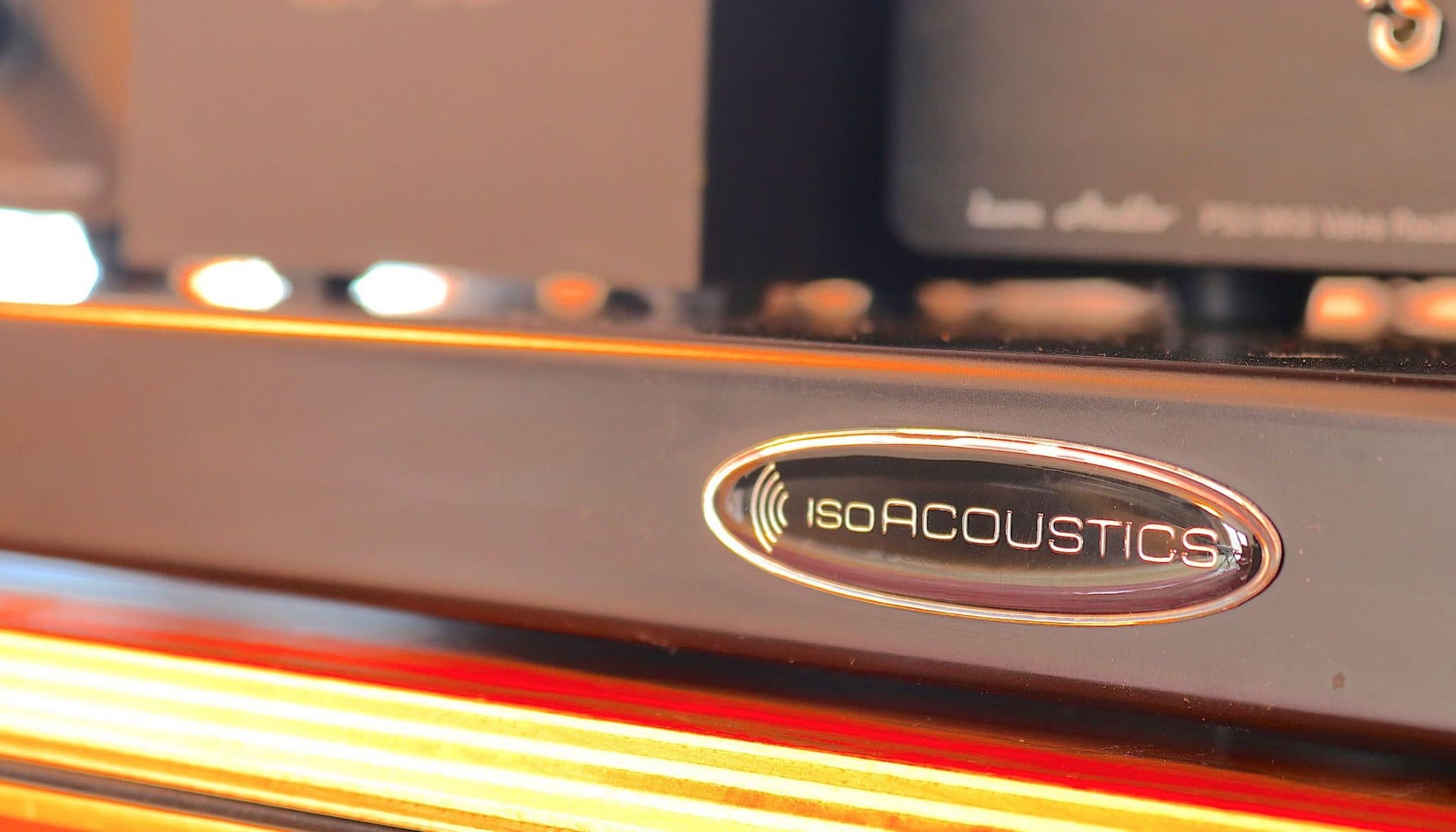
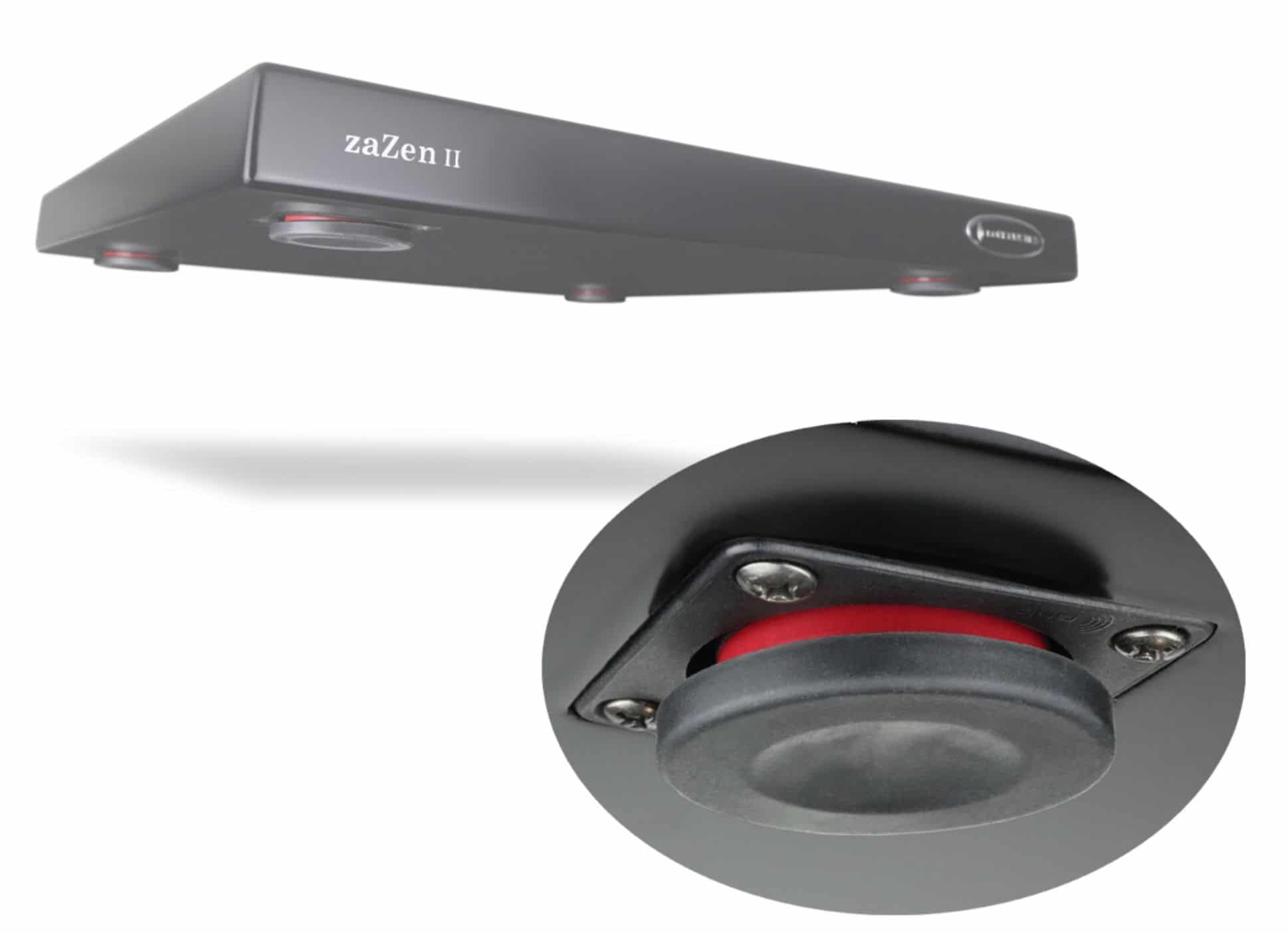
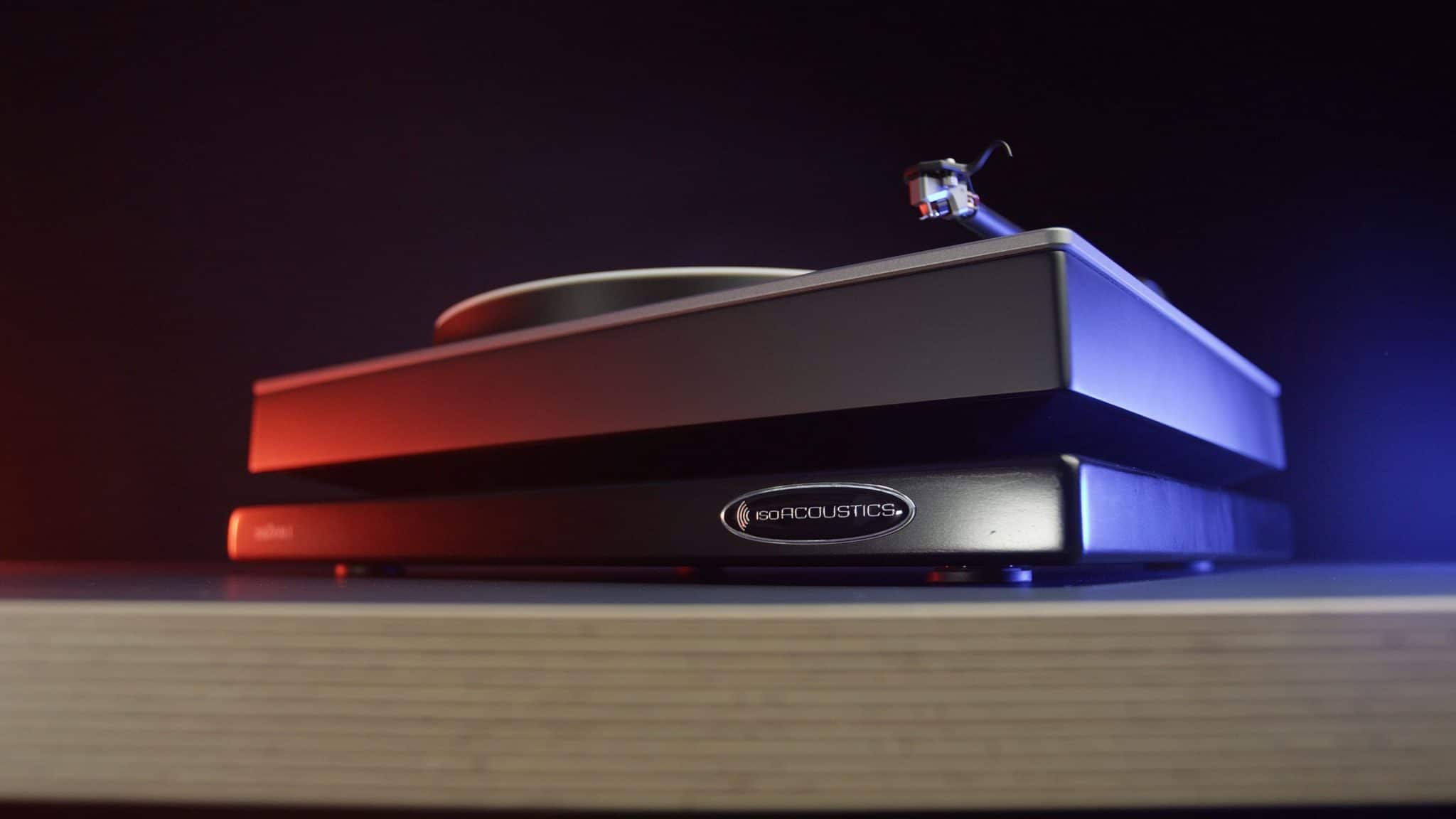
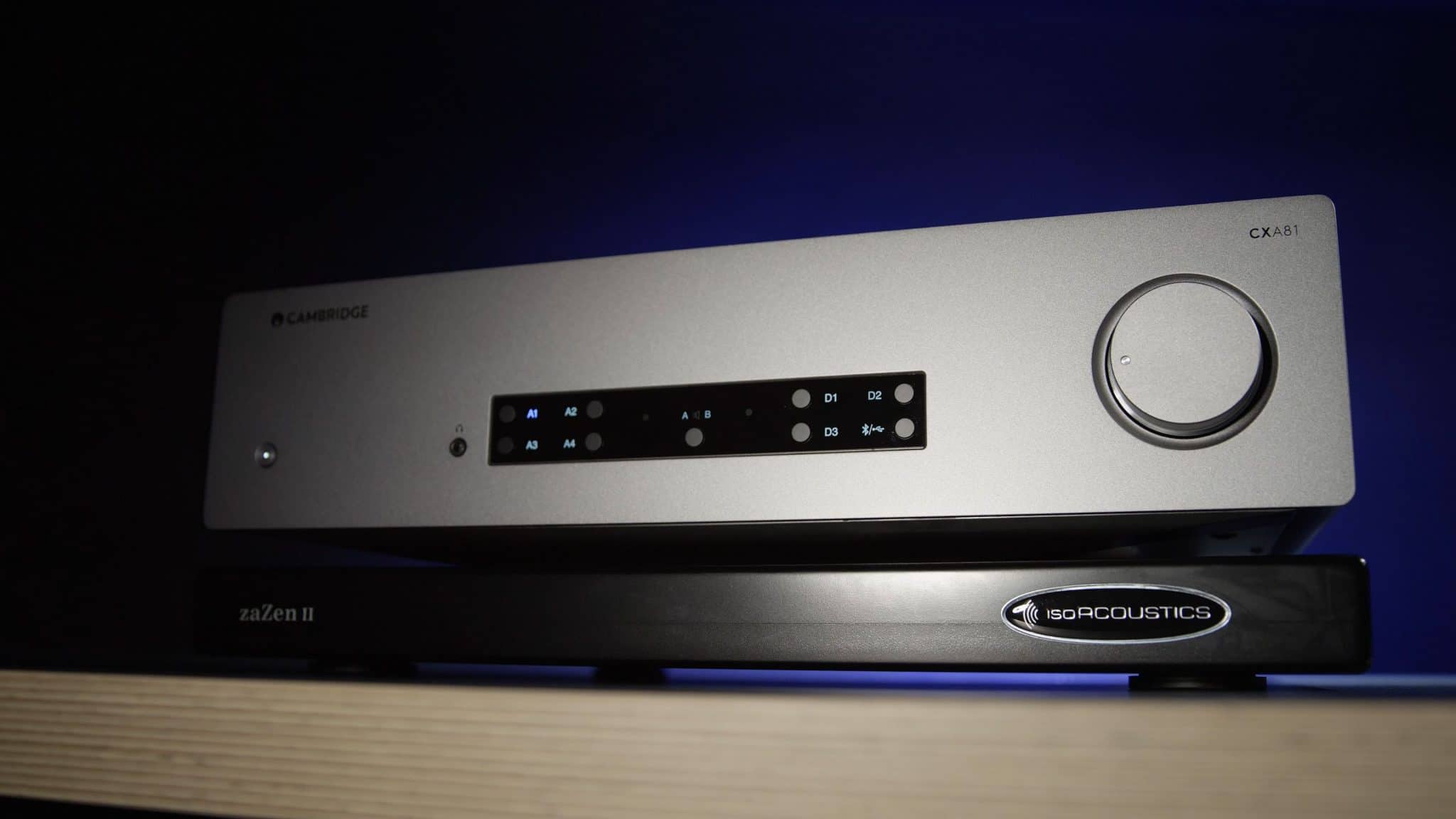
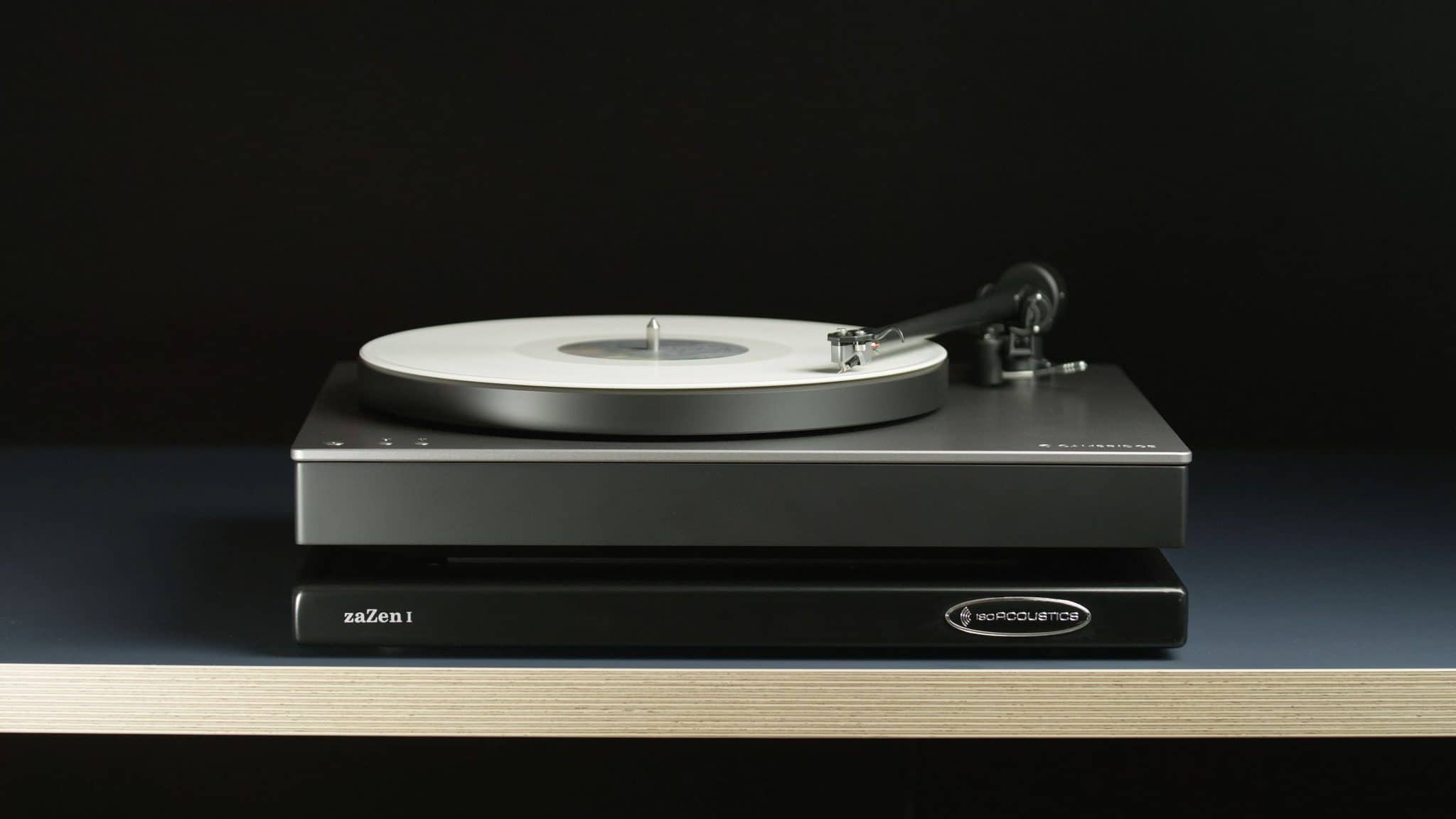



Hi Paul,
How would you compare these Iso Acoustics platforms to the Vertex AQ Kinabalu platforms, which believe you reviewed and would appear to have the additional design aspect to redirect energy from the units sited on the platform ?
Hi Steve – I’ve reviewed a fair bit of Vertex’s stuff but not those platforms I’m afraid. Knowing the company – which no longer exists as Vertex AQ any more I have to add (https://quiescent-technologies.com) – I’m sure the platforms work well. The price will be a tad higher, though.
Hi Paul, Would you say isolation is relevant for someone who has no issue with transmittance (foot steps cannot be heard through the table) and who only does playback at low levels (70db ish)? Cheers
I would stop you before you got to the “for someone who” bit. It’s relevant for all hifi users who want to improve sound quality by any and all means. If you’re happy with your hifi and have no wish to go any further then great. For those who want to maximise their sound then isolation (amongst other ‘Denoise’ activities) is critical to address a host of vibrations that roam across the spectrum. Vibrations that emanate from hundreds of sources from your floor, the rest of the house, the street outside, your neighbours, house appliances, the mains, your amplifier, turntable/streamer/CD player, your speakers, you, airborne vibrations…So yea. It’s relevant. But it’s only part of the answer too.
Thanks Paul! Well I like my hifi, but actually quite dislike the sound from my turntable :-O Kind of thin, hard/forward midrange and lacking warmth and midrange body. It’s a P3-24 with Rega Exact cartridges and I just switched to the Rega Aria, which I think made it that much more aparent that I don’t like the sound.. I also had a Grado Red on there which I found was worse than the Exact. I’m pairing it with Rega Aethos and Rega DAC, both of which I rate highly. Not sure if there is just something wrong with my TT or cartridge THB. and whether going further or just giving up/starting over if the best port of call 🙂
It’s possible that high-frequency noise is being highlighted by the hardware there. Have you checked the set up of the current system and especially the cartridge? What speakers are you using? How about cabling? Do you have speaker stands (assuming their stand mounts), how about hifi shelving? Please describe the room you’re system is in. That’s a start 🙂
Thanks Paul üôè
When you say high frequency noise, do you mean something like dirty power/rfi/interference or maybe something from the cartridge or in the source material? I did notice the Aria has a good amount of hum and high frequency hiss, that seems goes away when holding the Aria outside my rack.
The Rega importer has just announced he is coming by next week to exchange my Aethos and he has agreed to take a look at my TT setup, to check that everything is setup correctly and in working order ü•≥
Since I’m rather happy with my setup when running digital, I will await the results of that first.
Btw, I talked to a Zazen dealer and he believed I would be better off using Isoacoustics Orea feet directly under the TT instead.
With my Thanks
Hi Nenox – high-frequency noise comes from all directions so yes, dirty power, as you say, RFI and all of that too. But also vibrations from the turntable, the record itself, the power supply and motor, the room you’re in…and more 🙂 This platform is just one tool to tackle that. There’s many more out there and I’ve talked about lots of them on this site and elsewhere. As for the turntable – let me know how that goes. Be interested in what’s found, if anything.
As for your last comment? Hmmm. The feet are excellent, the platform is something different. And I say that having reviewed both. I would use both, if you have the cash. It’s not an either/or thing really. Given the choice (and the cash), I’d prioritise the platform first.
Hi Paul. I moved around a psu which lovered noise and hum in the riaa significantly and adjusted tracking force and bias. Things are definitely better now, but still quite far from the digital. I would like to get some guidance on what it might take to get a good experience with vinyl and which direction/brands to go with, based in my sound preferences. Do get in touch if you are available for phone/video/ email consultation. Thanks!
Ah, if I did the ‘personal thing’ I’d have to charge you a consultancy fee and I wouldn’t like to inflict that on you 🙂 If you have any specific questions then I’ll do my best to help when I can. Apart from that, you might want to look at the Accessories review section for hints/tips on lowering the noise floor across your hifi plus the Buyers Guides on cleaning vinyl, setting up and damping your listening room, etc. The cable reviews are also valuable. All of these areas will help you. Have a browse and do a bit of research here and elsewhere and I’m sure you’ll find lots of info to assist you.
For a fee was the expectation üòÉ In any case, at your discretion let me know if that‚Äôs an option. Cheers.
I wouldn’t feel right charging you in that way. Another company? Sure! You? I wouldn’t feel right 🙂